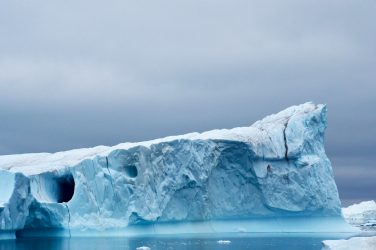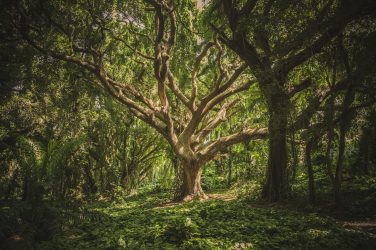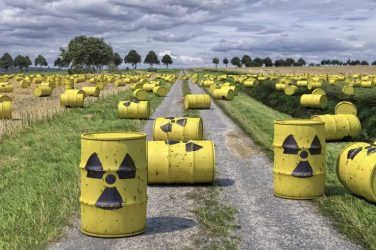Invasive species have emerged as a major threat to native ecosystems, causing significant ecological and economic damage. The colonization of natural habitats by non-native species has contributed to 33% of recent animal extinctions.
When non-native species are introduced into an ecosystem and pose harm to native biodiversity, they are referred to as “invasive alien species” (IAS). These invasions can disrupt the delicate balance of ecosystems, leading to negative consequences for both flora and fauna.
Efforts to remove established populations of alien species have proven to be costly and rarely successful. Since 1960, global expenditure on invasive species management has reached a staggering US$95.3 billion (€87.03 billion), with the overall damage caused by these species amounting to a staggering US$1,130 billion (€1,031 billion).
To combat this issue, it is crucial to understand how these species arrive and spread. Based on this understanding, the European Union has implemented the Invasive Alien Species (IAS) Regulation. This regulation includes measures to manage established invasive alien species and aims to reduce the threat they pose to Red List species by 50% by 2030.
A recent study, supported by the EU LIFE Programme, focused on this complication along the Spanish Mediterranean coast. This study identified 129 non-native animal species across 30 key transitional sites. The Asian tiger mosquito was the most common species found in every site, followed by the Eastern mosquito fish, the Red Swamp crayfish, and the Atlantic blue crab, which were recorded in the majority of sites.
Based on the findings of this study, it is suggested that implementing a similar program along Europe’s Mediterranean coast would be beneficial in mitigating the risks posed by invasive species. By understanding and addressing this question, we can protect our ecosystems and safeguard our economy.









Show Comments